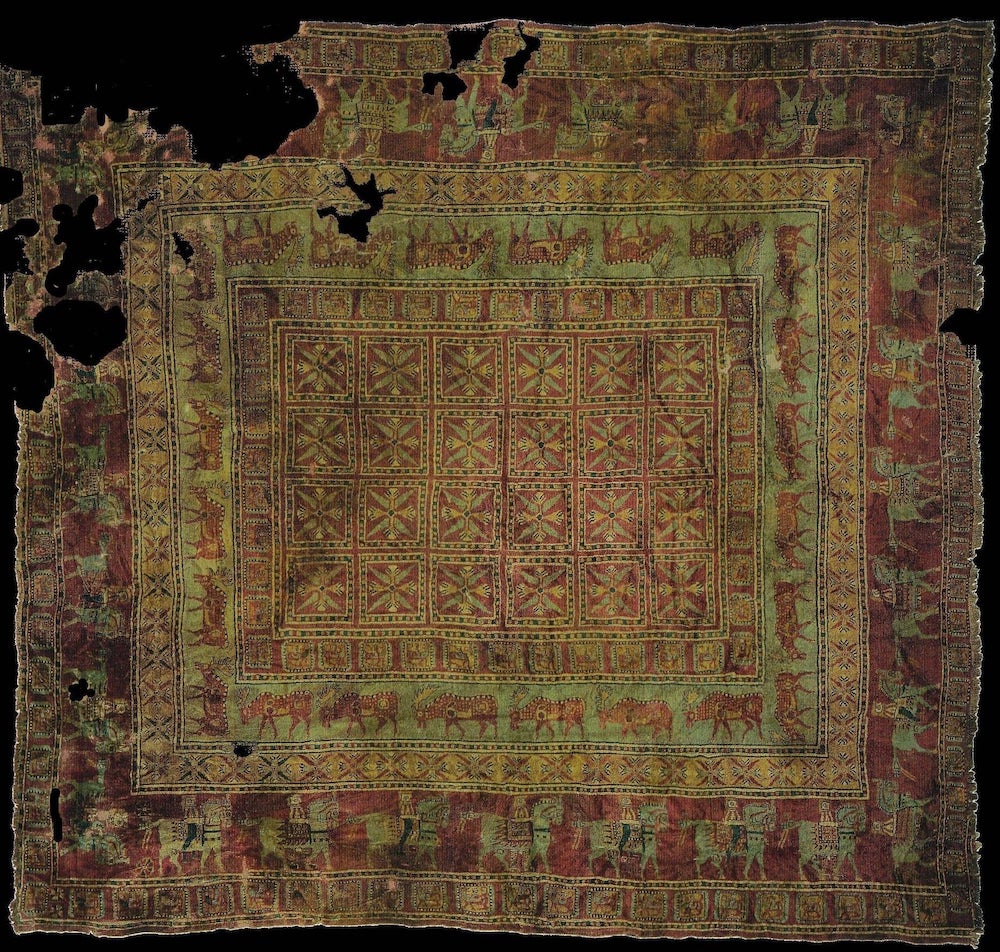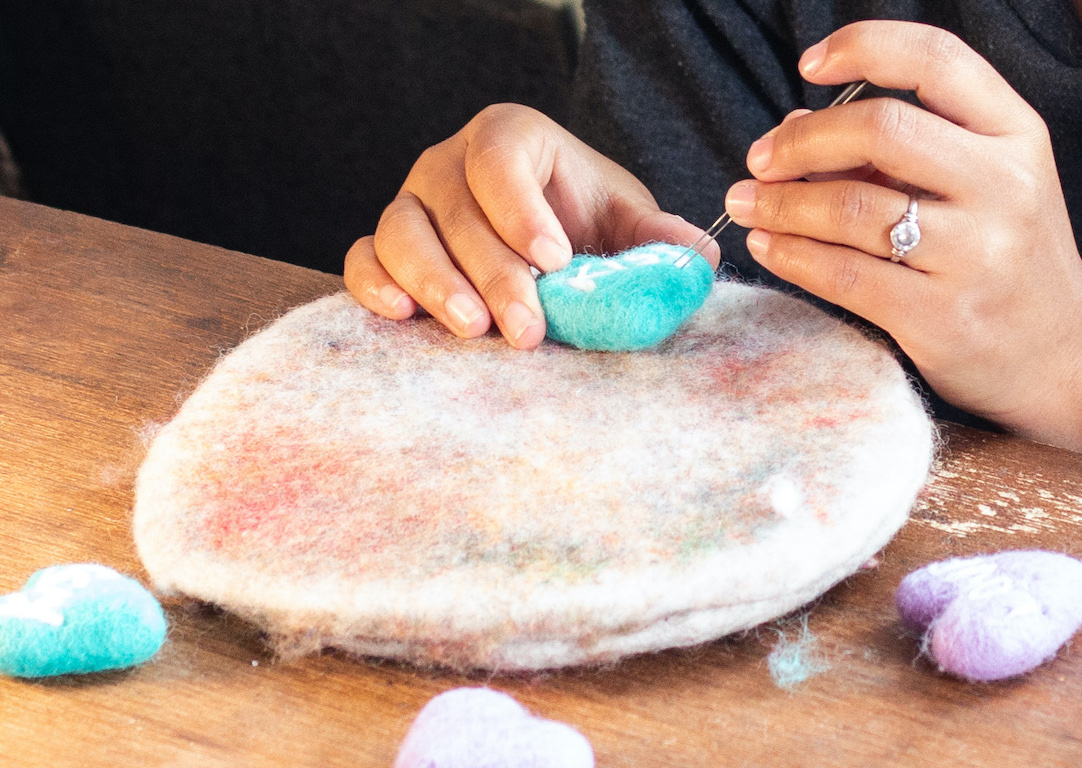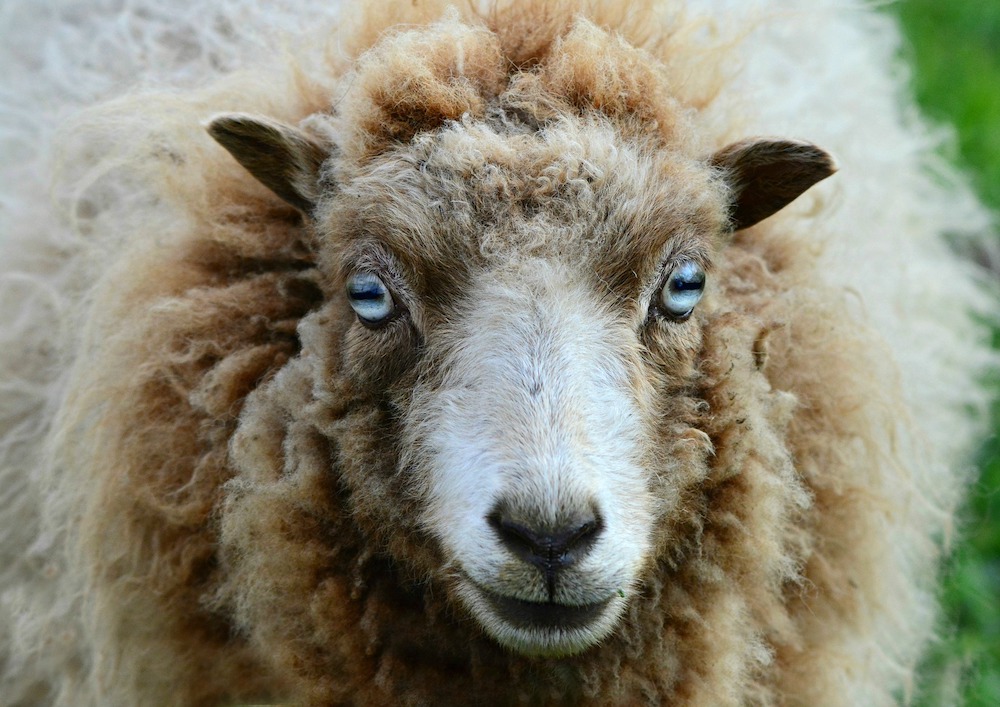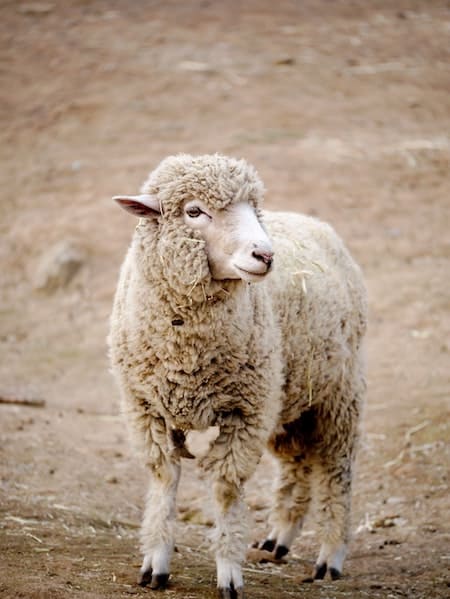Wool as many of us know is a textile material. Most of the wool is produced from the sheep and is used mostly for clothing. The sheep are sheared for wool. The wool is then washed and treated to be made ready for clothing and other purposes.
However, you now know wool basic facts from our previous blog “Wool Guide: Types of Wool You Should Know”. In this blog, we have stated that wool is not produced only from sheep rather from other animals too.
Aside from the fact that wool can come from any animal, there are a few more interesting facts about wool and sheep. In our old blog, We have also debunked some of the myths related to wool with some facts.
We're going to share with you some more fascinating facts about wool and sheep that you might not have known before. So get ready to learn more about sheep and wool in this blog.
Amazing Facts About Wool Fiber
One of the oldest fabric materials
Wool fleece has been used to make clothes since the stone age. It is difficult to trace the ancient evidence of using wool for clothing as the wool is biodegradable. But there have been discoveries of clothing and other items made from wool preserved throughout much of ancient times.
The evidence of Pazyryk carpet dating from the first century B.C extracted from Siberian graves to 3400-year-old Egyptian yarn, we can trace the fact of wool being used in ancient times.

Helps Reduce Body Odor
Wool can be perfect for people who sweat a lot or do intense workouts that lead to body odor. Well, it might sound unusual to wear wool fabric clothes for the sweating body but the hygroscopic ability of the wool absorbs the moisture (sweat in this case) from your body.
The natural ability to manage moisture makes it extremely breathable. As a result, the wool clothes wick away all the moisture due to sweat. This makes fewer bacteria feed on your sweaty body resulting in less body odor.
You can learn more about wool’s moisture dampening property through this link.
Biodegradable and Renewable
We have mentioned wool's biodegradable properties in our first point. But what does biodegradable and renewable quality mean?
The new generation of people are more into sustainable living and are more concerned about nature. People are focusing on getting things that are long-lasting and can be used time and again.
Sheep are sheared every year to obtain the wool. The wool grows continuously in their body and needs to be seared for multiple reasons. You can find more about the importance of sheep sharing through this link.
Wool is similar to human hair with keratin protein thus when it degrades, fungi and bacteria eat the fiber. Thus, wool completely degrades within a span of six months to a year at max.
Wool retains its shape
Wool fibers are flexible as well as durable as they can stretch upto 70% of their natural length. The wool fibers are crimped along their length as a result the actual length is longer than the length of the cloth.

Even after stretching the wool, the wool can return to its natural shape, even if it has been stretched for years with all the wearing and washing. Wool's capacity to stretch helps it maintain its beauty, increasing the product's life. This also makes the fiber robust and resistant to tearing, making it ideal for moisture retention, as previously indicated.
Natural Felting Ability
The unique natural felting ability of the wool has made it one of the oldest human-made textiles. The wool surface fibers have overlapping and saw-like scales just like fish. This leads to fiber to grip together to produce felt.
This unique quality makes wool be felted in different types like wet felting, needle felting, Nuno felting, etc. You can read more about felting techniques in “A Beginners Guide to how to Felt: Felting Techniques 101”

Interesting Sheep Facts
-The fastest time for shearing a sheep has been recorded at 39.31 seconds. Yes, On May 1, 2010, Australian Hilton Barrett sheared a full sheep in less than a minute. For this, he holds the Guinness World Record for the fastest time to shear a single mature sheep at the Wellington Show in Wellington, New South Wales.
-Sheep are intelligent and they have high memories. They can recognize up to 50 other sheep faces and remember them for 2 years, and they can also recognize human faces.
-Sheep have excellent peripheral vision due to their rectangular pupils. This allows them to see behind themselves without turning their head as they have an almost 360-degree view (270 to 320 degree) field of vision.

-There are roughly 900 different sheep breeds around the globe, and each one produces different sorts of wool. Merino sheep are one of the most well-known sheep breeds, producing merino wool, which is one of the most expensive and finest wools available. You can find merino scarves and shawls through our website.
-A male Texel sheep named Deveronvale Perfection is the most expensive sheep in the world. It was bought by a farmer in Scotland to use as a breeding ram in 2009 for more than $425,000.
-Merino Sheep were originally bred in Spain and the exporting of Merino sheep from Spain was a crime punishable by death till the 18th Century. Spain held a monopoly on the fine wool industry during that era by executing anyone who tried to export a sheep.

-In musical instrument piano, Felted wool is used for the dampers. This helps to eliminate string echo noise that would be caused while playing one note on a piano.
-Research in New Zealand reported that the methane contained in the fart of a sheep could even power a small truck for around 40 kilometers.
So these are some of the interesting facts about wool and sheep that you should know about. You can learn more about wools, felts, and other wool-related content on our blog page. Do comment if you know any more facts about sheep and wool.
